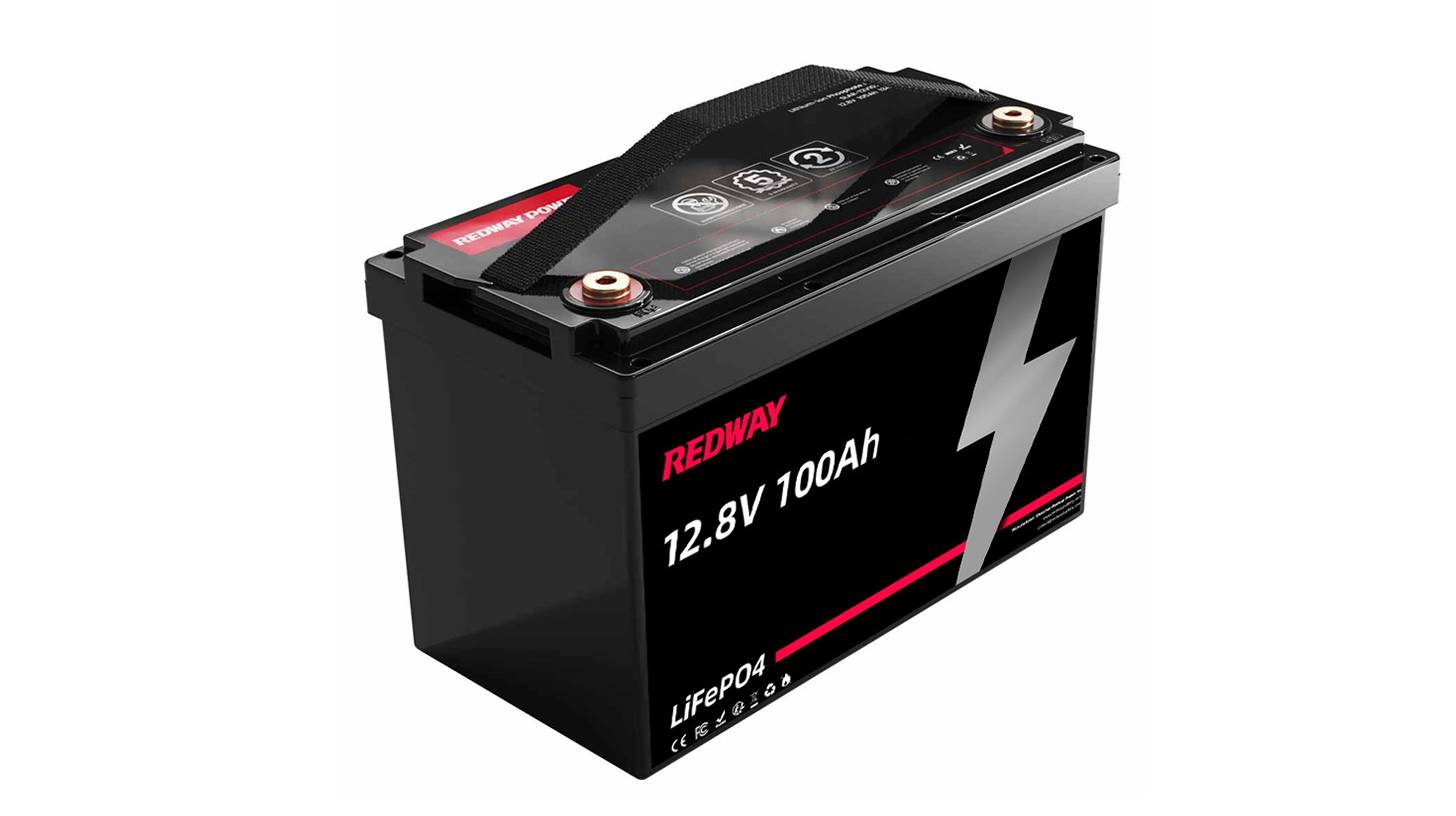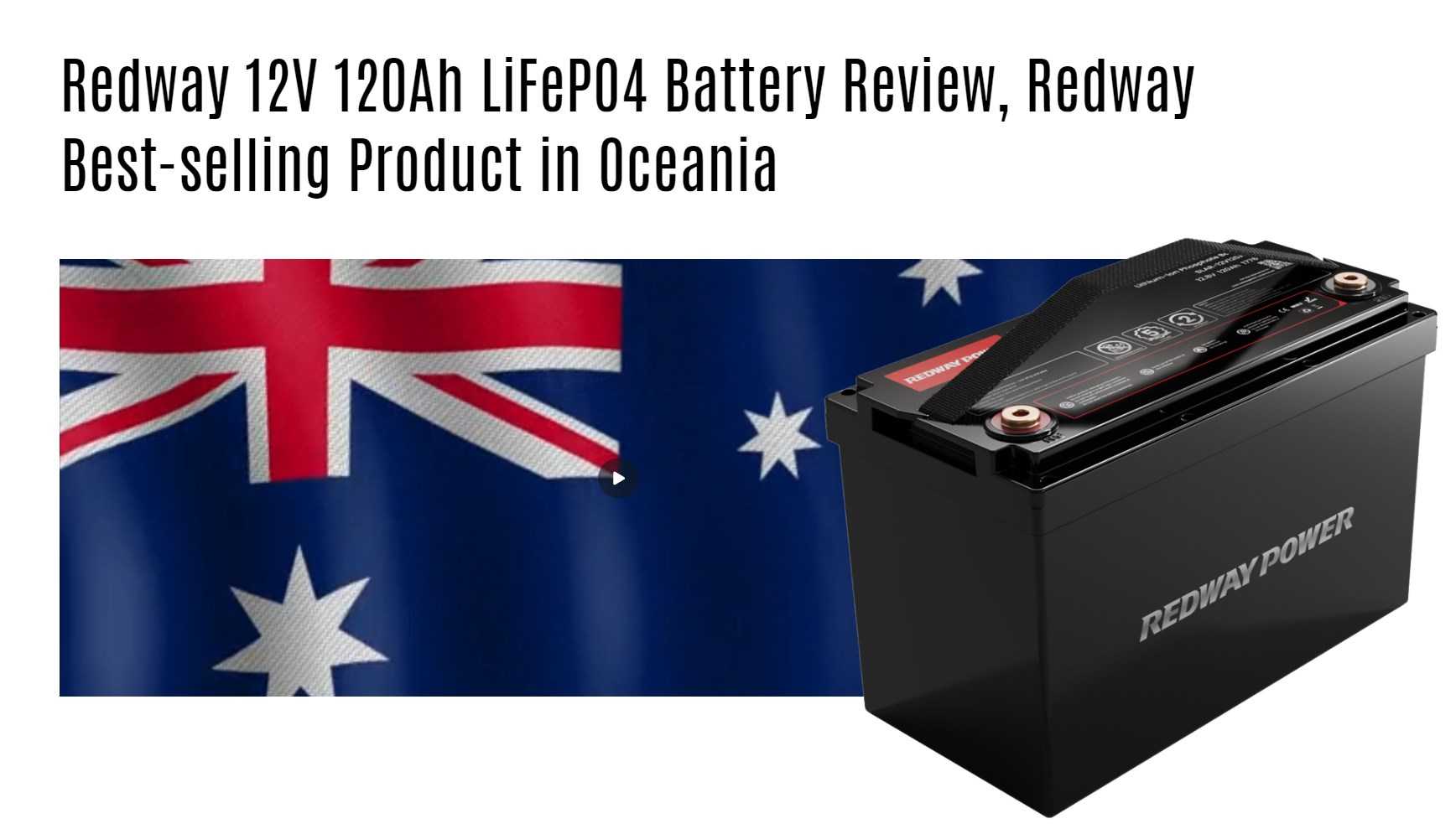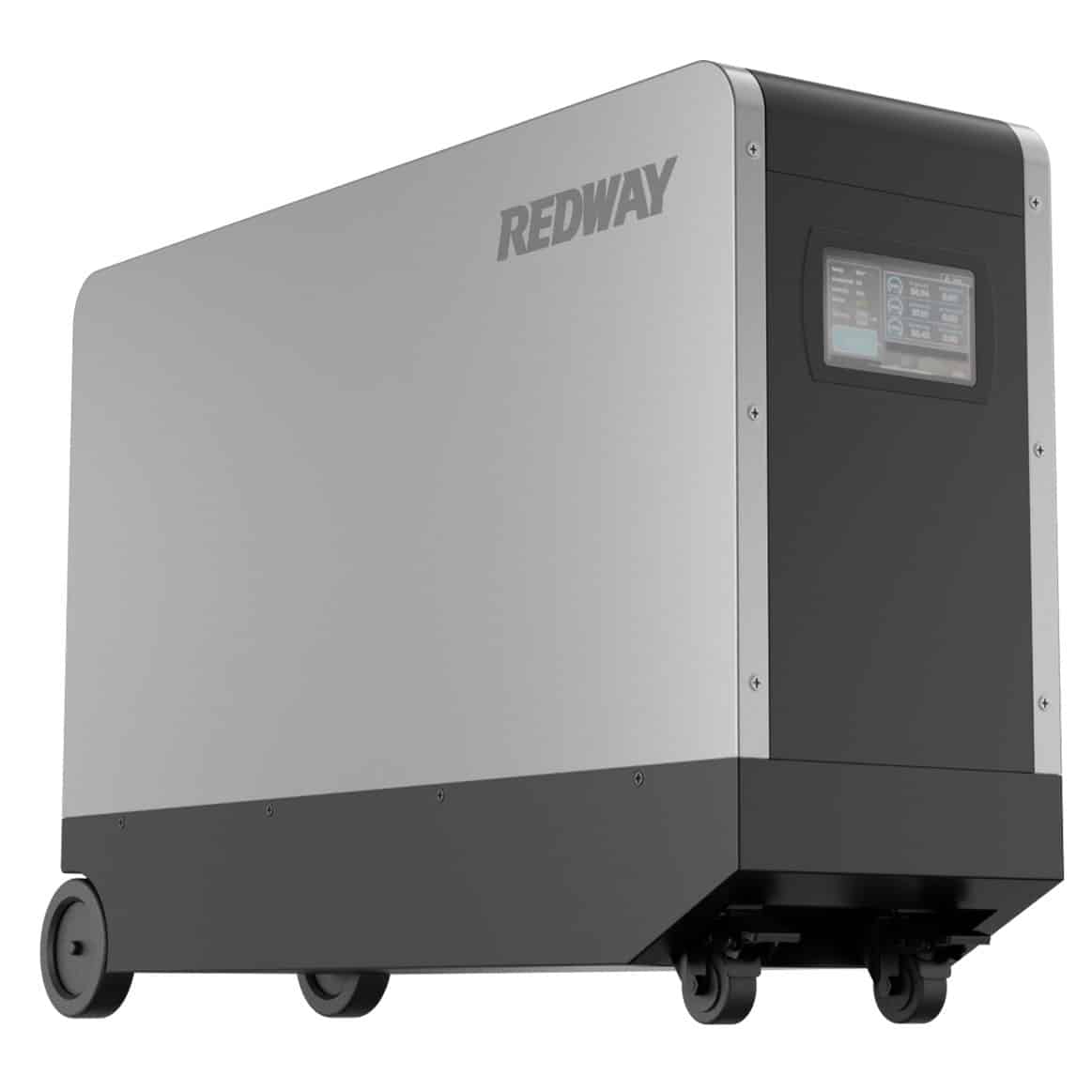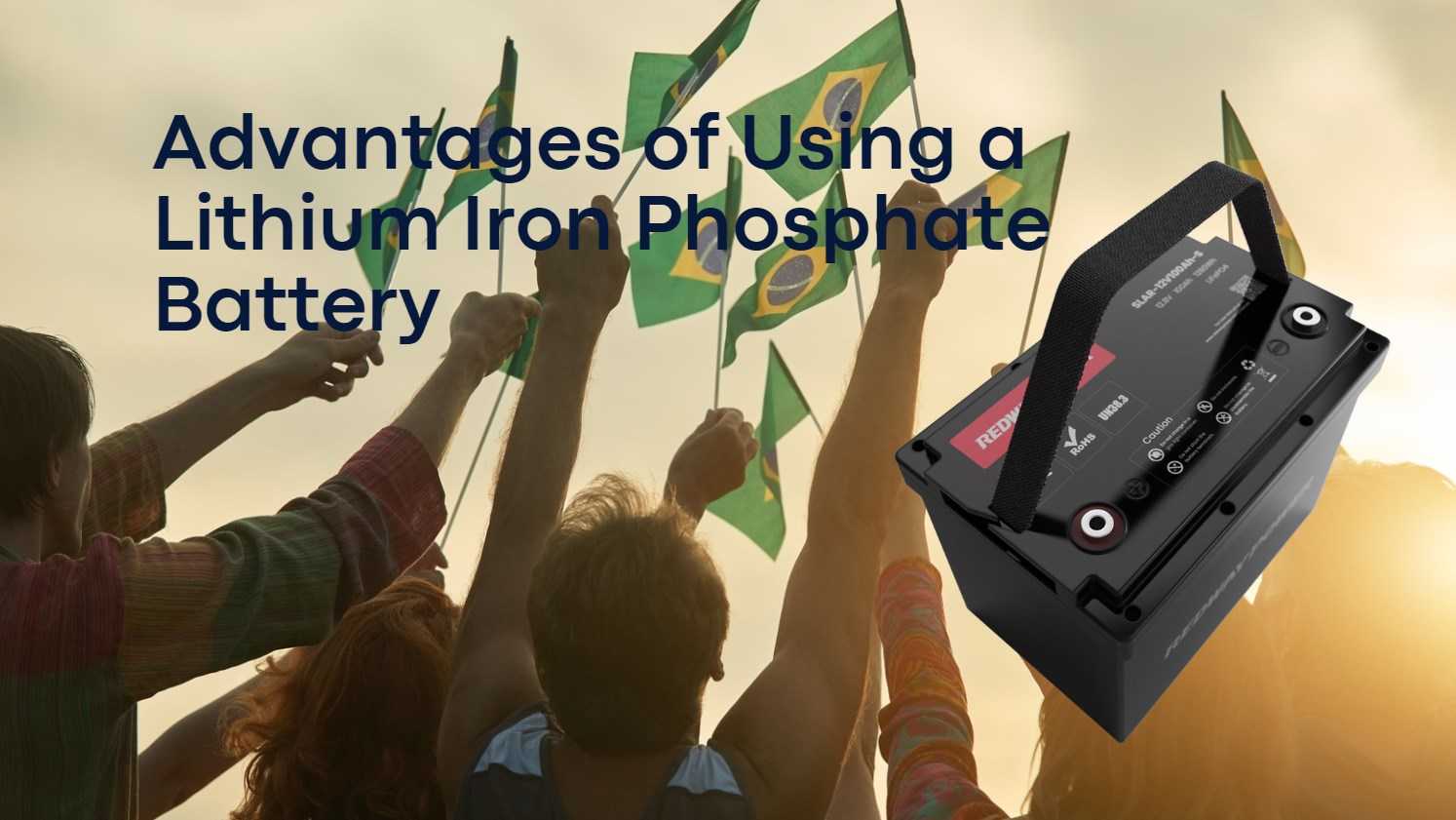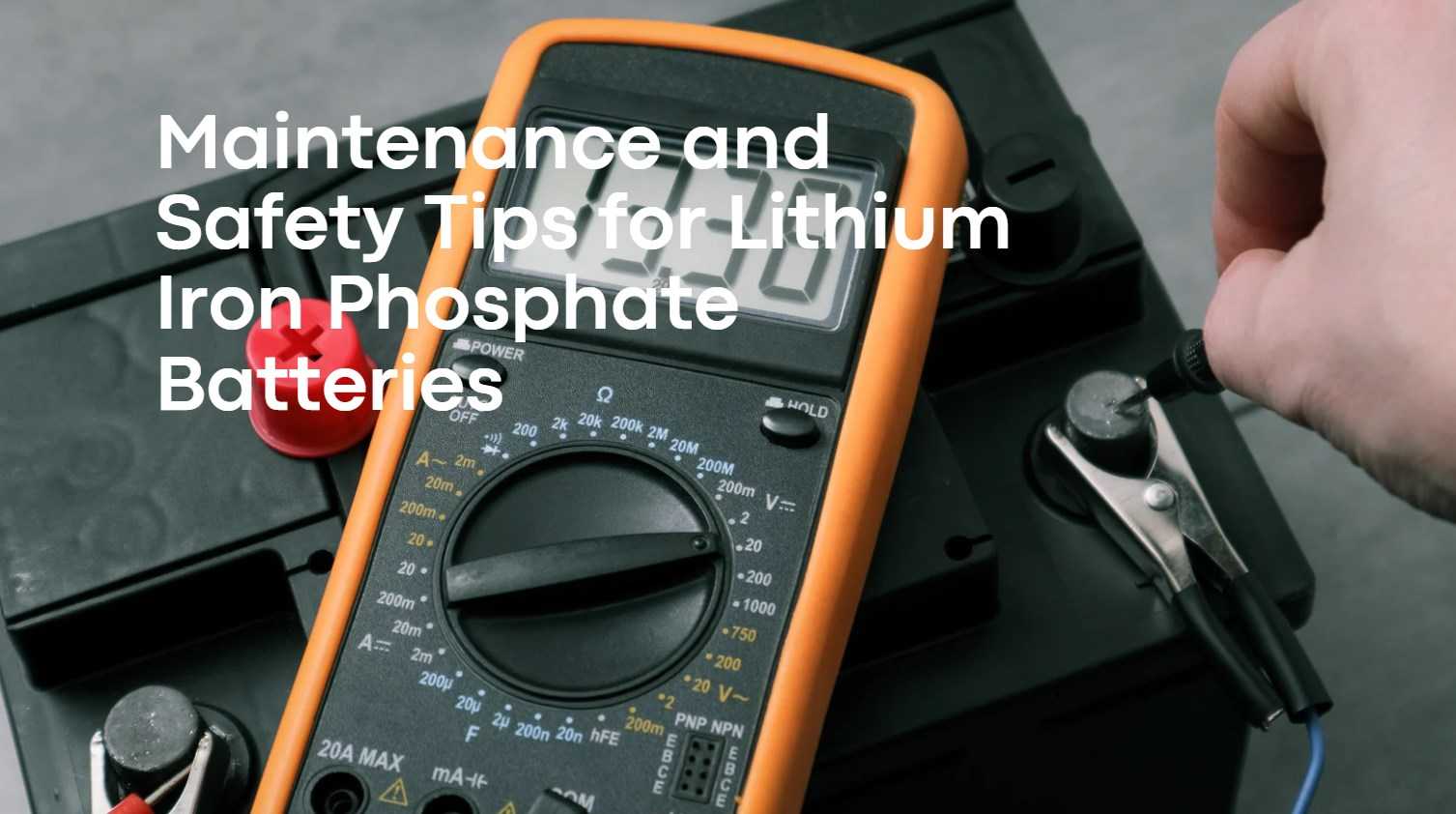Redway 12V 135Ah LiFePO4 Battery: Reliable and Versatile Power Source for Various Applications in Iraq
Are you in the market for a reliable and high-performance battery? Look no further than the Redway 12V 135Ah LiFePO4 Battery. This powerful battery is in high demand in Iraq, thanks to its versatility and durability. From electric vehicles to military applications, this battery can handle it all. In this blog post, we’ll dive into why the Redway 12V 135Ah LiFePO4 Battery is becoming increasingly popular in Iraq and how it’s expected to continue dominating the market well into the future.
The Redway 12V 135Ah LiFePO4 Battery is a high-demand battery in Iraq
The Redway 12V 135Ah LiFePO4 Battery is quickly becoming a go-to choice for those in need of reliable and efficient power. It’s no surprise that this battery is in high demand in Iraq due to its versatility, performance, and durability.
One of the main reasons why the Redway battery is so popular in Iraq is its ability to handle various applications. From electric vehicles to UPS systems and military equipment, this battery can do it all. Its robust build ensures that it can withstand harsh environments while still delivering consistent power output.
Another reason for the high demand of the Redway 12V 135Ah LiFePO4 Battery is its long lifespan compared to traditional lead-acid batteries. This means less frequent replacements are needed, resulting in cost savings over time.
With advancements being made every day towards renewable energy sources such as solar panels, wind turbines, and more – there has never been a better time to invest in powerful rechargeable batteries like the Redway model.
It’s clear why the Redway 12V 135Ah LiFePO4 Battery remains one of the most sought-after batteries on the market today – providing exceptional performance at an affordable price point.
The battery is used in a variety of applications, including electric vehicles, UPS systems, and more
The versatility of the Redway 12V 135Ah LiFePO4 Battery is what makes it a popular choice in Iraq. It can be used for various applications, including powering electric vehicles. With the increasing demand for more eco-friendly transportation options, especially in urban areas, this battery’s use in EVs makes perfect sense.
But that’s not all; the Redway battery also finds application in UPS systems (uninterruptible power supply). These are crucial systems that ensure continuous power supply to critical equipment during power outages or disruptions. The reliability and long lifespan of LiFePO4 batteries make them ideal for such mission-critical applications.
Apart from these applications, this battery is also seeing increased use in military operations. Its rugged design, resistance to high temperatures and shock make it suitable for use in harsh environments like war zones.
The diverse range of applications where this battery can be used highlights its adaptability and usefulness across industries. As technology advances further towards renewable energy sources and cleaner mobility options, we can expect even higher demand for LiFePO4 batteries like Redway’s.
The battery is also being used in military applications
The use of Redway 12V 135Ah LiFePO4 Battery is not limited to civilian applications only. It has also found its way into military applications, where it provides a reliable and efficient power source for various equipment used in the field.
One of the most critical uses of this battery in military operations is powering communication devices. Military personnel rely heavily on communication devices to coordinate their activities and stay connected with their colleagues. The Redway 12V 135Ah LiFePO4 Battery’s high energy density and long life make it an ideal choice for powering these devices, ensuring that they remain functional throughout the mission.
Another application of the Redway battery in the military sector is as a backup power source for vehicles, weapons systems, and other critical equipment. These batteries can store large amounts of energy, making them perfect for providing emergency power when needed.
Given its versatility and reliability, it comes as no surprise that Redway 12V 135Ah LiFePO4 Batteries are becoming increasingly popular among militaries around the world. As technology advances further towards more sophisticated weaponry systems being developed every year – demand would surely increase even more!
The battery is expected to be in high demand in the future
As we can see, the Redway 12V 135Ah LiFePO4 Battery has proven to be a reliable and versatile power source for many applications in Iraq. Its use in electric vehicles, UPS systems, military equipment, and other fields is a testament to its reliability and durability.
Furthermore, with advancements in technology driving the demand for more efficient and environmentally friendly energy solutions, it is no surprise that this battery is expected to remain in high demand well into the future.
The Redway 12V 135Ah LiFePO4 Battery has established itself as a crucial component of modern-day life in Iraq and beyond. Its ability to offer long-lasting performance while keeping costs low makes it an ideal choice for anyone looking for an affordable yet powerful battery solution. So if you’re ever in need of a reliable battery option that won’t let you down when you need it most, look no further than the Redway 12V 135Ah LiFePO4 Battery!






